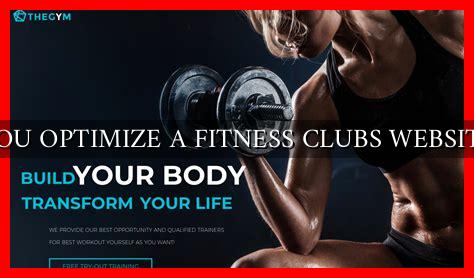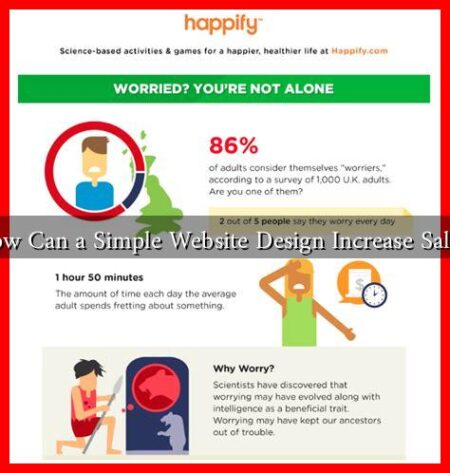-
Table of Contents
Optimizing a Fitness Club’s Website
Fitness clubs are constantly looking for ways to attract new members and retain existing ones. In today’s digital age, having a strong online presence is crucial for any business, including fitness clubs. One of the most effective ways to reach potential customers and engage with current members is through a well-optimized website. In this article, we will explore how you can optimize a fitness club’s website to drive traffic, increase conversions, and improve overall user experience.
1. Understand Your Target Audience
Before you can optimize your fitness club’s website, you need to understand who your target audience is. Are you targeting young adults looking to get in shape, busy professionals seeking a convenient workout option, or seniors looking to stay active? By knowing your target audience, you can tailor your website content, design, and messaging to better resonate with them.
2. Create Compelling Content
Content is king when it comes to website optimization. Create engaging and informative content that showcases your fitness club’s offerings, services, and benefits. Include high-quality images and videos of your facilities, classes, and trainers to give visitors a glimpse of what to expect. Consider adding testimonials from satisfied members to build credibility and trust.
3. Optimize for Search Engines
Search engine optimization (SEO) is essential for driving organic traffic to your website. Conduct keyword research to identify relevant keywords and phrases that potential customers are searching for. Incorporate these keywords naturally into your website content, meta tags, and headings to improve your search engine rankings. Additionally, optimize your website’s loading speed, mobile responsiveness, and user experience to enhance its SEO performance.
4. Implement a User-Friendly Design
A user-friendly website design is crucial for keeping visitors engaged and encouraging them to explore further. Ensure that your website is easy to navigate, with clear menus, intuitive layout, and prominent calls-to-action. Use a clean and modern design that reflects your fitness club’s brand identity and values. Consider incorporating interactive elements such as class schedules, booking forms, and virtual tours to enhance user experience.
5. Leverage Social Proof
Social proof is a powerful tool for building trust and credibility with potential customers. Showcase positive reviews, ratings, and testimonials from satisfied members on your website. Highlight any awards, certifications, or partnerships that your fitness club has received to demonstrate its quality and reputation. Encourage members to share their experiences on social media and feature user-generated content on your website to further boost social proof.
6. Track and Analyze Performance
Monitoring your website’s performance is essential for identifying areas of improvement and optimizing your online presence. Use web analytics tools such as Google Analytics to track key metrics such as traffic, conversions, bounce rate, and user behavior. Analyze this data regularly to gain insights into what is working well and what can be optimized further. Make data-driven decisions to continuously improve your website’s performance and effectiveness.
Conclusion
Optimizing a fitness club’s website is a multifaceted process that requires a deep understanding of your target audience, compelling content creation, SEO optimization, user-friendly design, social proof integration, and performance tracking. By following these strategies and best practices, you can create a website that attracts new members, engages existing ones, and drives business growth. Remember that website optimization is an ongoing effort, so continue to monitor, analyze, and refine your website to stay ahead of the competition and meet the evolving needs of your audience.





